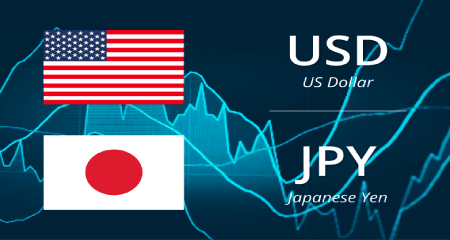
USD/JPY stalled its intraday corrective pullback
The USD/JPY pair trimmed a part of its heavy intraday losses and was seen trading near the 128.00 mark during the North American session, still down around 0.70% for the day. The sharp intraday corrective pullback from a fresh 20-year high touched earlier this Wednesday found some support near the 23.6% Fibonacci retracement level of the 121.28-129.41 parabolic rise. The mentioned support, around the 127.50-127.45 region should now act as a pivotal point for short-term traders. A convincing break below should pave the way for further losses and drag the USD/JPY pair towards the 127.00 mark.
This is closely followed by support near the 126.80 regions, or an ascending trend-line extending from the monthly low, below which spot prices could accelerate the slide towards the 126.35 confluence.
The latter comprises the 38.2% of Fibo. level and the 50-period SMA on the 4-hour chart. Against the backdrop of a big divergence in the monetary policy stance adopted by the Fed and the Bank of Japan, the fall towards the said support could be seen as a buying opportunity. This should help limit losses for the USD/JPY pair. On the flip side, the 128.45-128.50 region now seems to act as an immediate resistance ahead of the 1.2880 zone. A subsequent move beyond the 129.00 mark will suggest that the corrective pullback has run its course and lift the USD/JPY pair back towards retesting the two-decade peak, around the 129.40 region.
The latter comprises the 38.2% of Fibo. level and the 50-period SMA on the 4-hour chart. Against the backdrop of a big divergence in the monetary policy stance adopted by the Fed and the Bank of Japan, the fall towards the said support could be seen as a buying opportunity. This should help limit losses for the USD/JPY pair. On the flip side, the 128.45-128.50 region now seems to act as an immediate resistance ahead of the 1.2880 zone. A subsequent move beyond the 129.00 mark will suggest that the corrective pullback has run its course and lift the USD/JPY pair back towards retesting the two-decade peak, around the 129.40 region.
